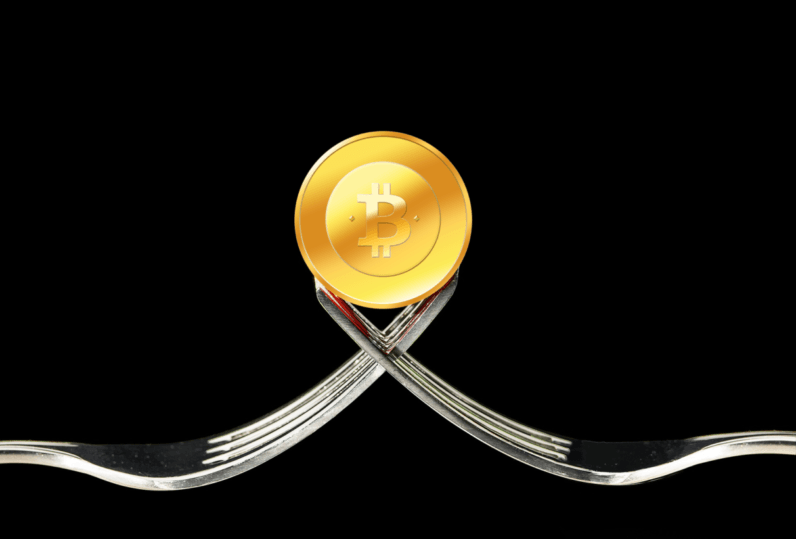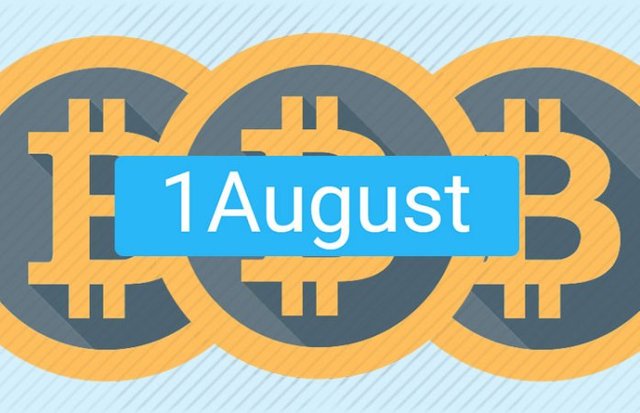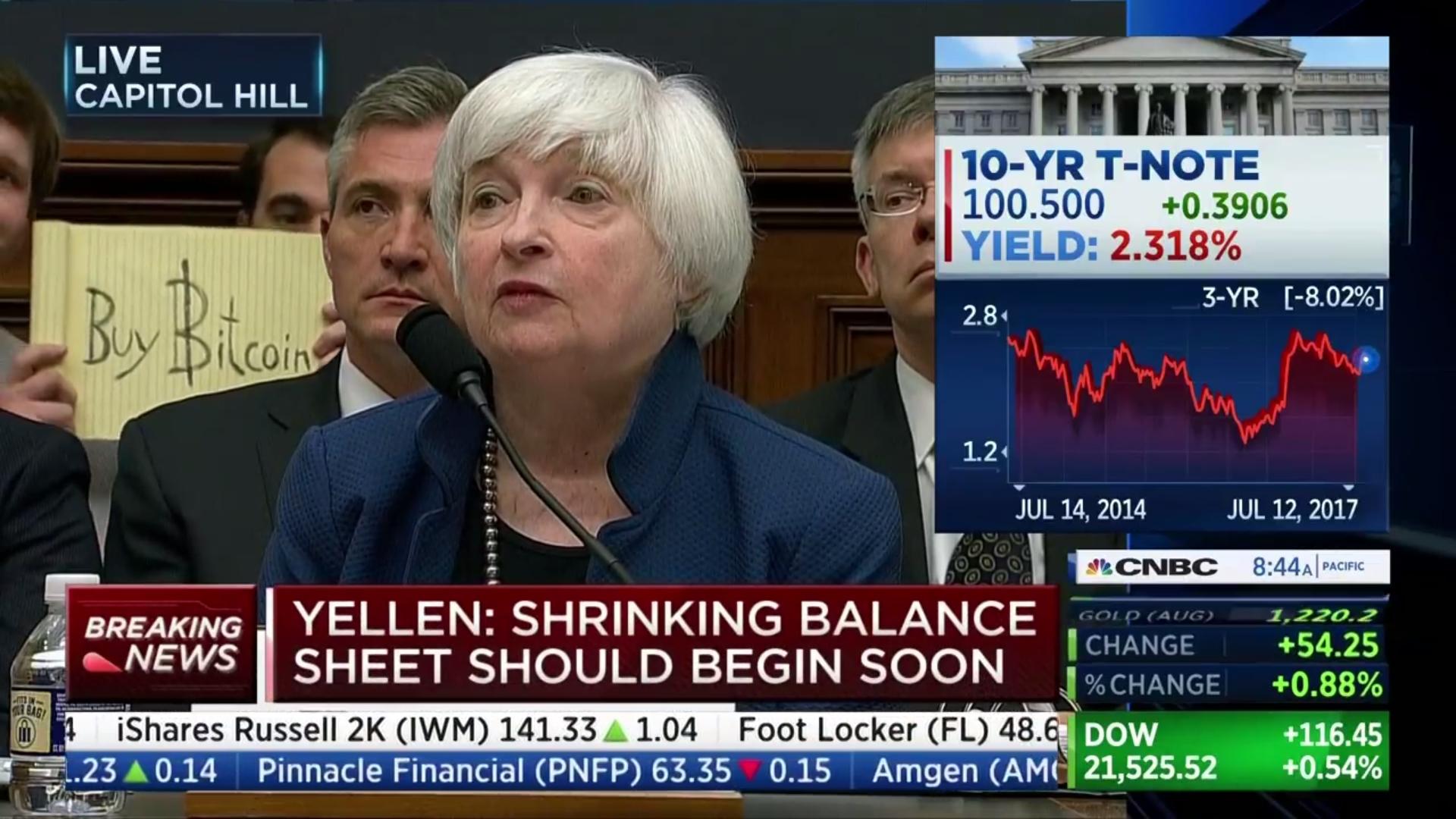How to Survive + Thrive During a Bitcoin Fork

You’re probably aware of the big change coming to Bitcoin within a few days, which involves the activation of a soft fork called Segregated Witness, Segwit for short.
This is being implemented by an upgrade called Segwtit2x which includes two components, implementation of Segwit itself on August 1, and 3 months later a 2MB block size increase via a hard fork.
The Segwit part of this change in itself won’t cause any major disruption, but due to various other measures proposed by other parties, there is also the possibility of a simultaneous hard fork.
Originally it was thought that the BIP 148 proposal for a “user activated soft fork” or UASF to enforce Segwit may cause a chain split if miners didn’t get on board. However, with the high level of support now being shown by miners for Segwit2x this is very unlikely.
However, another potential chain split is now being talked about - Bitcoin Cash - which is a fork of Bitcoin, but without Segwit and including a 8MB blocksize increase.
Without going into all the details, this split is a “political” one, in that it represents two sides of an argument for scaling Bitcoin.
With a potential hark fork just around the corner I want to list the important things you need to be aware of and do, in order to eliminate any risk to your Bitcoin holdings.
The first thing is to ensure your bitcoins are in a wallet or wallets where you are in possession of the private key, which is often expressed as a 12 or 24 word “seed” or recovery phrase. If you have your bitcoins in a third party custodial wallet - like Coinbase, Xapo or any exchange - then you should move these coins to a different wallet.
If you accept Bitcoin for payments you should stop doing so at least 12 hours before 12:00 GMT, August 1.
Do not send any Bitcoin over the network at least 24 hours before 12:00 GMT, August 1.

- In both accepting and sending situations, do not resume activity until announcements make clear the transition has been successfully completed and any issues resolved.
In the case of Bitcoin Cash hard fork activation, you will now have two “Bitcoin” balances - one for your original Bitcoin and a duplicate balance for Bitcoin Cash. However, your existing wallet will not show Bitcoin Cash and you cannot transact with it using your wallet.
The best way to safely gain control of both “bitcoins” is to use a coin-splitting strategy as outlined below. Once this is achieved you would have a wallet for holding and transacting in your actual Bitcoin and another for holding and transacting with the forked version, Bitcoin Cash.
In order to “see” any Bitcoin Cash you would need to import the private key from your existing Bitcoin wallet into a wallet that supports Bitcoin Cash - but you should not do this before taking the following precautionary steps:
After any Bitcoin Cash fork, but before importing your Bitcoin wallet “seed” phrase or private key into a Bitcoin Cash wallet, you should move your existing bitcoins to a new wallet - and empty the original one.
Once your funds are fully confirmed in the new Bitcoin wallet, you can now use the “seed” phrase or private key from your “old” Bitcoin wallet to create a new Bitcoin Cash wallet.
The above process will protect your existing Bitcoin from any potential threat, while also giving you access to your new Bitcoin Cash coins. After that you can choose whether to keep them or sell them.
Finally, keep in mind that as long as your Bitcoin is in a wallet where you possess or have access to the private key, and you abide by the advice not to transact during the transition period, then your Bitcoin will be perfectly safe.
The Segwit upgrade is an important milestone, as it opens the door to many new and exciting scaling solutions and other innovations, so a successful transition will be a big plus for Bitcoin.
But I still say BTC is BTC and BCH is just another Altcoin so do what this guy says :-)


Or in other words: Do Nothing.